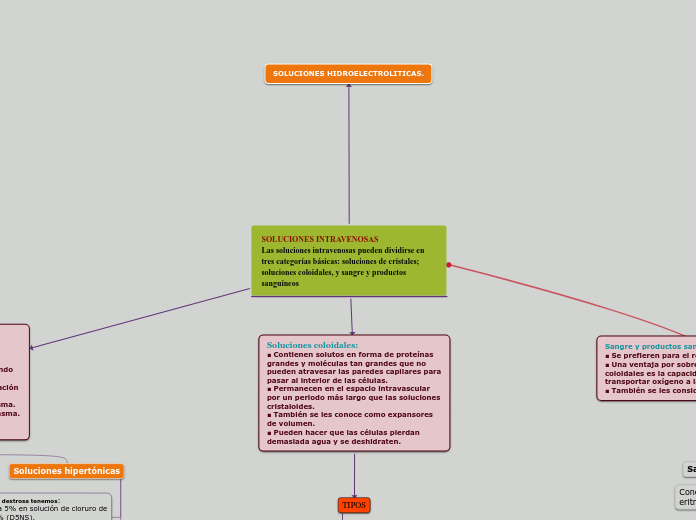realizată de carolina rivas 5 ani în urmă
3431
SOLUCIONES INTRAVENOSAS Las soluciones intravenosas pueden dividirse en tres categorías básicas: soluciones de cristales; soluciones coloidales, y sangre y productos sanguíneos

realizată de carolina rivas 5 ani în urmă
3431

Mai multe ca acesta
Name the character
Type in the name of the character whose change throughout the story you are going to analyze.
Example: Nick Carraway.
Character's feelings
Focus on the way the character's feelings are presented at the beginning and at the end of the story, while explaining why they have changed.
The reason for the change of feelings
Why did the character change his feelings? Type in the answer.
Example: the East lost its appeal due to the shallowness, carelessness and corruption.
The reason for the change of feelings
What caused the character to change the first belief you mentioned? Type in the reason for the change.
Example: disgust towards the lack of morality in the Buchanan family.
Change of feelings
How did the character change the belief you mentioned?
Type in a relevant quote for his change.
Example: 'Winter night and the real snow, our snow(...)We drew in deep breaths of it . . . unutterably aware of our identity with this country for one strange hour before we melted indistinguishably into it again. That's my middle-west.' - Nick on the purity and integrity of Midwest.
Change of feelings
In what way did the character change the feeling you mentioned?
Type in a quote to support your statement.
Example: 'They are a rotten crowd. You're worth the whole damn bunch put together.' - Nick criticizing the Buchanans.
Initial feelings
How does the character feel about a certain subject at the beginning of the story? Type in a relevant quote to support your statement.
Example: "Reserving judgements is a matter of infinite hope."
Initial feelings
What was the character's initial belief? Type in a relevant quote.
Example: 'seems like the ragged edge of the universe' - Nick talking about Midwest, the place where he grew up.
Title
Type in the title and author of the literary work that introduces the character.
Example: The Great Gatsby, by F. Scott Fitzgerald.